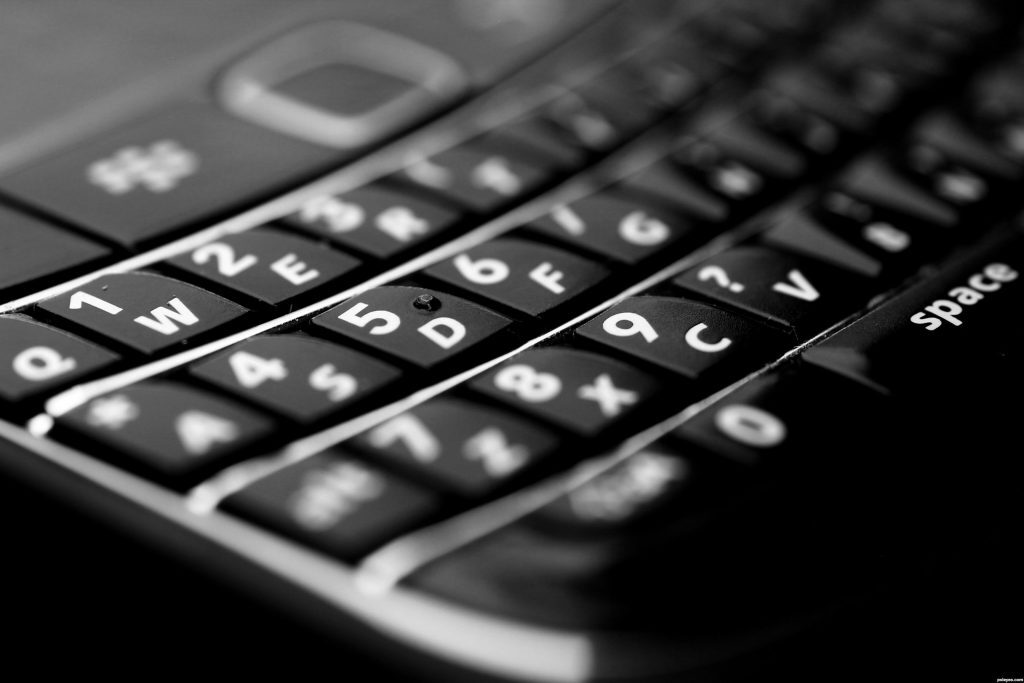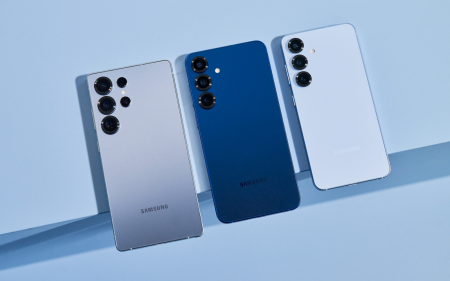“How easy is it to type on?” a friend asked me about the smartphone I was testing. It’s not a question I get very often, but then the Samsung Galaxy Z Fold 3 5G is not an ordinary phone.
It’s the third generation of Samsung’s remarkable new form factor which has a foldable screen. It’s an innovation I didn’t ever think I would come to like so much, because it enables you to open the “normal” sized 6.2in phone into a small tablet with a 7.6in screen. It’s a screen that folds. That alone is impressive engineering, especially given how badly-received the first Fold device was. Albeit too pricey now at R38,000, give it five years and the price will be supply-and-demanded down to a more reasonable level.
But back to the question about typing on a smartphone that does, admittedly, fold open to look a bit like a miniature laptop. Why would you type on a phone, I instinctively replied to my well-meaning friend?
You type on a keyboard. When you use a smartphone, you should use the appropriate technology, which is your voice. It is a no-brainer. Dictating to your phone is as easy as, well, talking on your phone. Why try to use its tiny keyboard when you can use something much easier?
I’ve been thinking about the appropriate uses of appropriate technology lately. Earlier this year I had a perforated disc in my lower back, a truly painful experience I wouldn’t wish on a cabinet minister. During that time, because I could not type as well lie on my back, I started using my powerful smartphone in a more efficient way. Why type with your thumbs on a 6in screen, which is only 3in wide, instead of using a full-sized keyboard and touch typing with 10 fingers?
Moving from a 10-finger typing experience to a thumbs-only smartphone texting experience alone is a significant reduction in speed and efficiency. This is simple mathematics, two thumbs just ain’t as fast as 10 fingers (and several decades of touch typing experience).
People bizarrely don’t look at the available options for typing, if you really want to do that.
But when I do type on mobile…
For years I used a great keyboard app called Swype, until it was no longer supported. I was truly sad to see it go. I’d seen Samsung’s mobile chief Justin Hume using it way back when and was instantly transfixed. I was, frankly, gutted when I discovered its demise. It will go the way of other truly great software (and ideas like the Flip video camera) that has been wiped out by an uncaring corporate, a new CEO with different priorities or a new owner.
Because Swype is no longer being supported – I found this out after I angrily went to its website to find out why it was so buggy, but was so good it still worked very well for numerous years still – I’ve switched to Microsoft’s excellent SwiftKey. It lacks the quick swipe shortcuts of Swype, but it makes up for it with other useful features – not least is the dictation option. Ironically Swype was part of the package when Microsoft bought another software company.
Swiftkey helpfully uses your login for a Microsoft 365 account, which includes the Office suite and Word, so you can log into your MS account and take your predictive text with you on multiple devices. It’s handy if you test multiple smartphones, as I do, but especially because it remembers all of the spellings and shortcuts I have created.
Another useful feature is that SwiftKey uses Microsoft’s excellent voice recognition, which I’ve been using in Word all year. I’ve dictated much of this column to Cortana, as the great voice assistant is known.
After all, it’s the same underlying technology used by Skype, the granddaddy of internet calling services, to translate one spoken language into another, in real-time. It’s mind-bogglingly good.
Its accuracy in transcribing the spoken word is impressive, which is also used to provide transcripts from Teams calls. It’s an especially useful feature for a journalist doing an interview, but just as useful as a record of a business meeting.
Meanwhile, because I’m now curious, I’ll give the Fold keyboard a try.
This article first appeared in the Daily Maverick.




